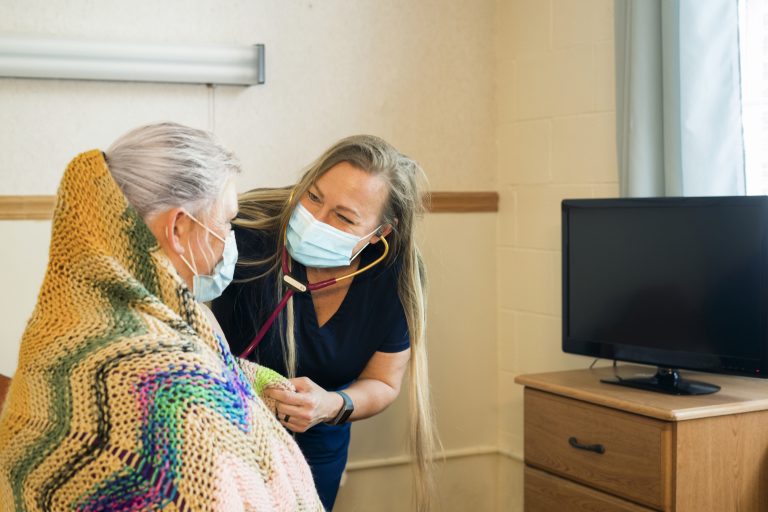
COVID-19 poses a major challenge to nursing and mature residential homes, as SARS-CoV-2 is readily transmitted and causes disproportionately severe disease in older people.
In research led by scientists at the University of Cambridge and Wellcome Sanger Institute in the U.K., the team used a combination of genome sequencing and detailed epidemiological information to examine the impact of COVID-19 on these care homes in the East of England and to look patterns of viral transmission. Since March 2020, they have been applying this method to SARS-CoV-2 as part of the COVID-19 Genomics UK (COG-UK) Consortium.
In this new study, the investigators collected samples from 6,600 patients between late February to mid-May 2020. A total of 1,167 SARS-CoV-2 cases (18%) were identified from 337 care homes, 193 of which were residential homes and 144 nursing homes. There was a slight trend for nursing homes to have more cases per home than residential homes; ten care homes accounted for 164 cases of the total.
SARS-CoV-2genome sequence data were available for 700 / 1,167 (60.0%) care home residents from 292 care homes. They discovered 409 viral clusters within the homes, indicating two different patterns—outbreaks among care home residents and independent introductions with limited onward transmission. Among the care homes with the highest number of infections, all of the cases shared identical genomes or had just one base pair differences, pointing to a single outbreak spreading through that care facility. Infections at other care homes were more genomically diverse, suggesting that each of these cases was independent and not related to a shared transmission source.
The proportion of viral lineage B.1.1 increased over the study period in both care home residents and non-care home residents consistent with European trends. This suggests that the SARS-CoV-2 lineages circulating in care homes were similar to those found across the East of England outside of care homes.
“Using this technique of ‘genomic surveillance’ can help institutions such as care homes and hospitals better understand the transmission networks that allow the spread of COVID-19,” said author William Hamilton from the University of Cambridge. “This can then inform infection control measures, helping ensure that these places are as safe as possible for residents, patients, staff and visitors.”
“Our data suggest that care home transmission was more resistant to lockdown measures than non-care home settings. This may reflect the underlying vulnerability of the care home population, and the infection control challenges of nursing multiple residents who may also share communal living spaces,” added co-author Gerry Tonkin-Hill from the Wellcome Sanger Institute.
These authors conclude that isolating residents or staff when they develop symptoms is not sufficient to prevent within-care home spread once the virus has entered the care home. Certain measures may be required on an ongoing basis within care homes when there is sustained community transmission, even when no outbreak is suspected — at least until the morbidity and mortality of the virus in older people has been reduced substantially through vaccination or treatments.













